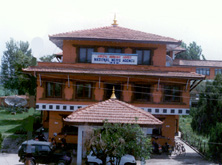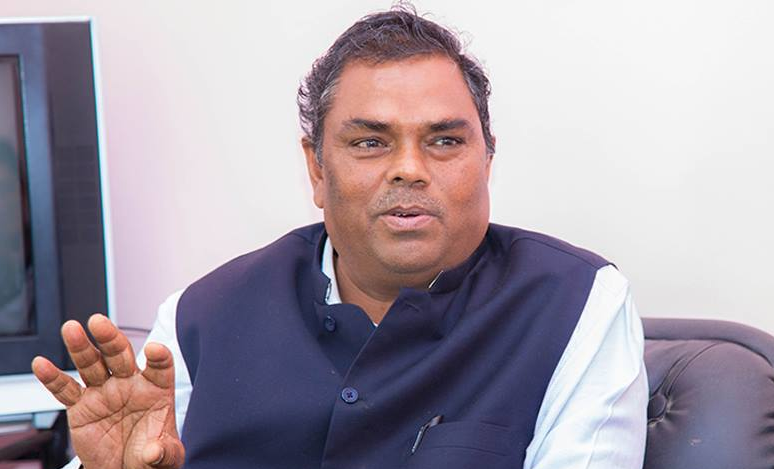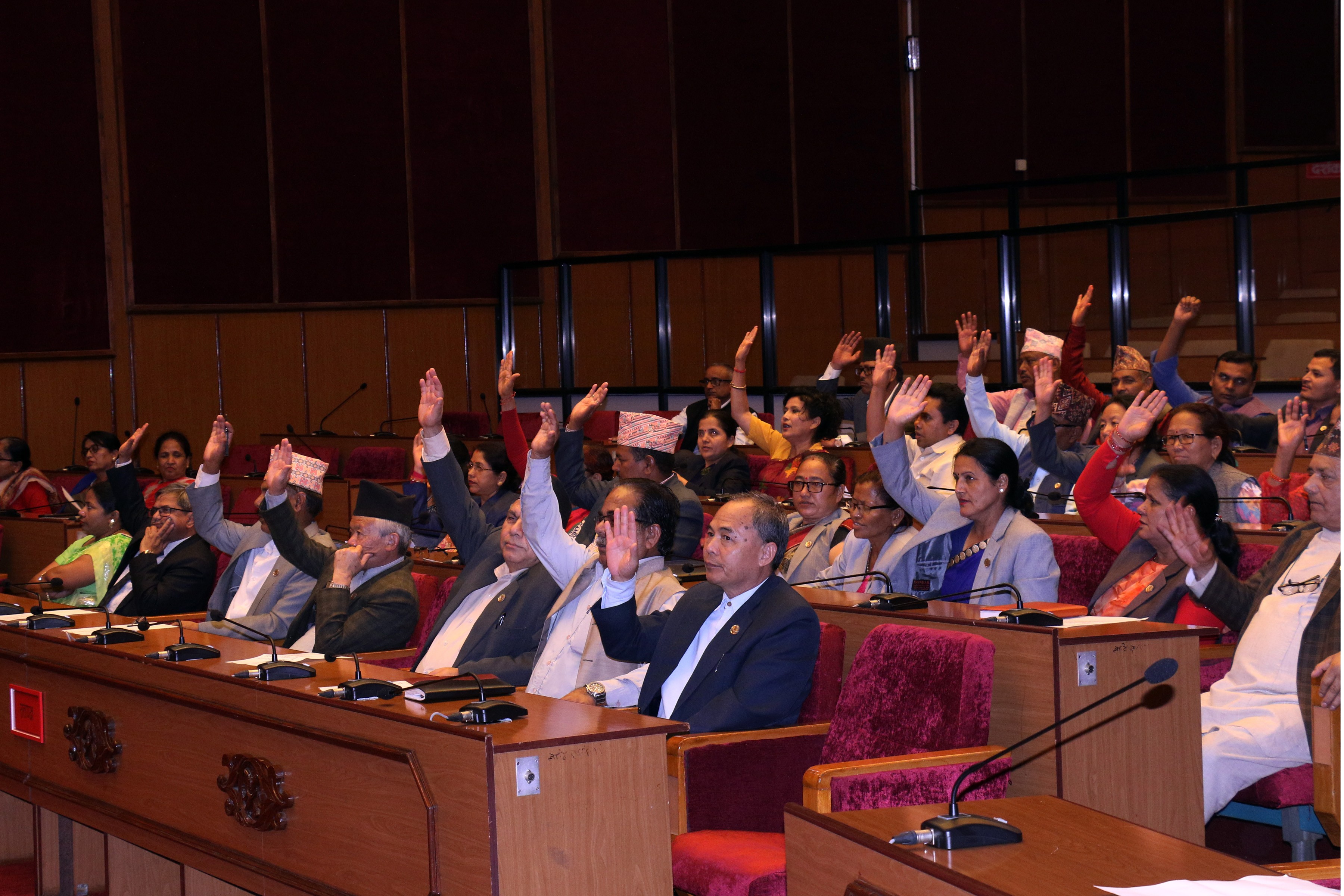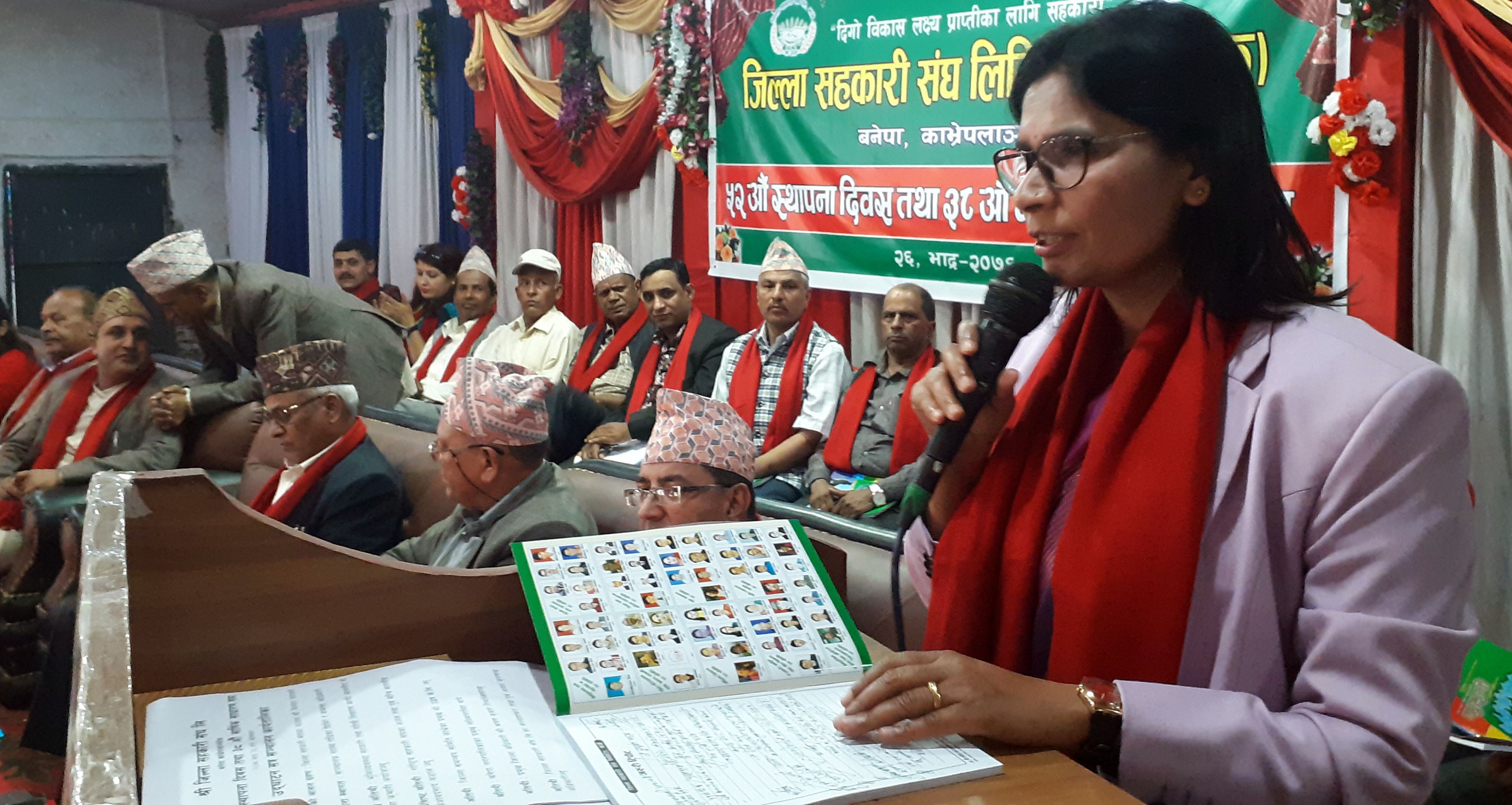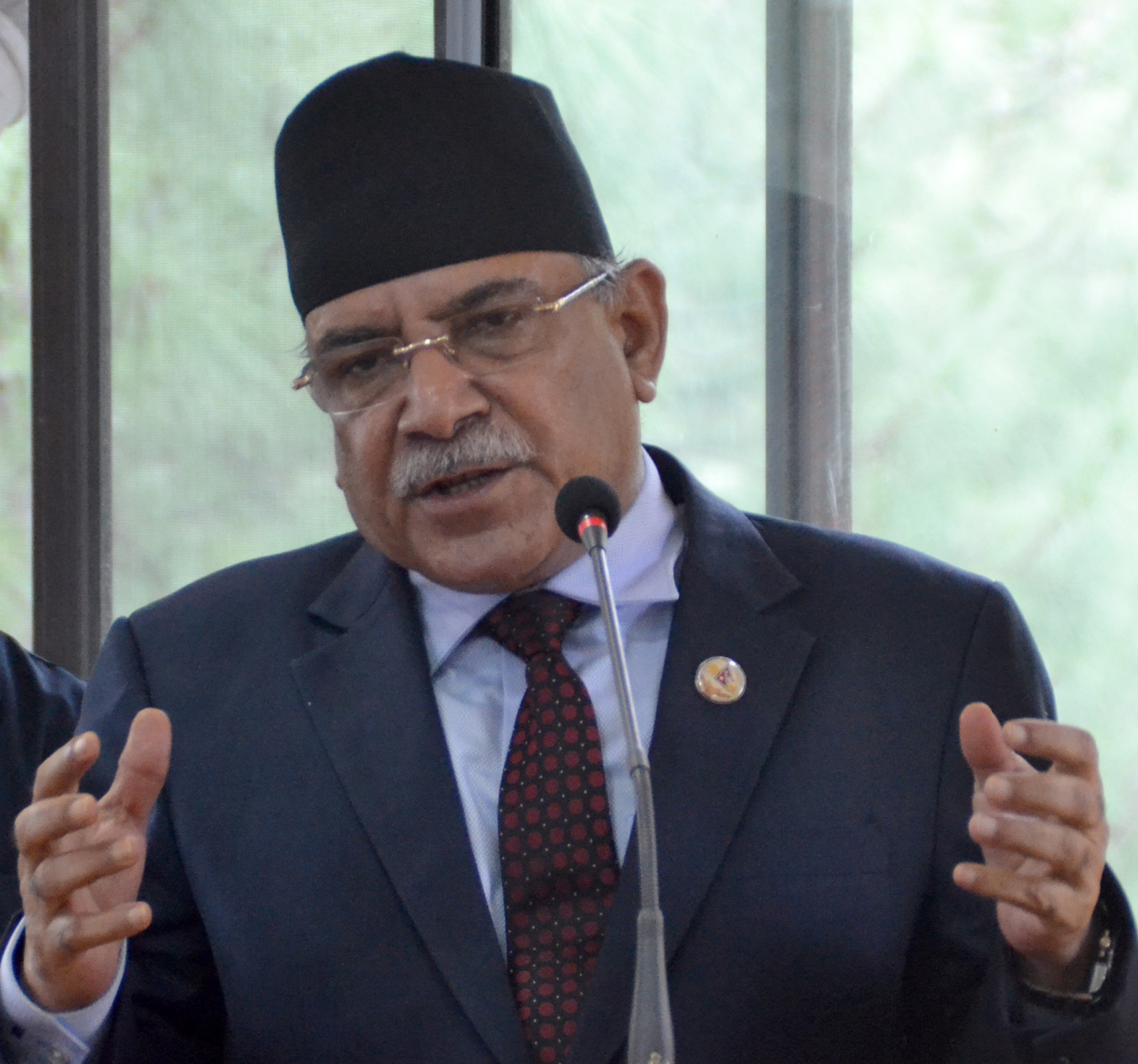Media's contribution to post-earthquake reconstruction lauded
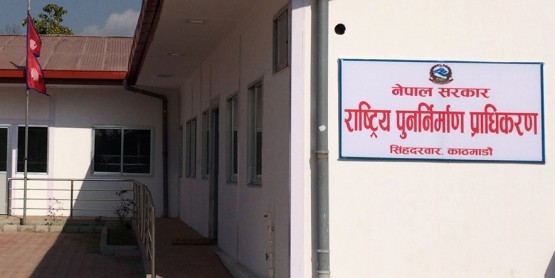
Kathmandu, Dec. 9: Mass media played an important role in the post-earthquake reconstruction in Nepal, which has seen about 90 per cent progress in the six-year period of reconstruction.
It was emphasized by experts during a conference organized to transfer the experience and learning gained during the post-earthquake reconstruction to the international community. During a session on 'Role of media in the reconstruction' on the second day of the conference today, speakers said that the media has helped in making the post-earthquake reconstruction successful by highlighting the critical issues. The conference is hosted by the National Reconstruction Authority.
Speaking on the occasion, former secretary and member of the NRA Board of Directors Kishore Thapa said that mass media was critical and helped guide the reconstruction work on the right path. Despite this, he said, it was not possible to spread the message that houses can be built from materials like traditional stone and clay. Former Secretary Thapa said that the media should still follow the rehabilitation program after the reconstruction.
President of the Federation of Nepali Journalists, Bipul Pokharel, said that the news of constitution drafting and post-earthquake reconstruction came together in the media, which helped in speeding up the earthquake-damaged structures including private houses.
Likewise, the Press Registrar of Bagmati Pradesh Rewati Prasad Sapkota emphasized investment in the institutional capacity building of the media personnel.
Communications expert for the NRA Kosmos Bishwakarma said news stories about the post-quake reconstruction are still worthy to report about.
At the session attended by journalists from various media outlets, NRA joint-spokesperson Manohar Ghimire presented a working paper on media reports during the six-year reconstruction period.
Similar sessions were organized in 20 different themes including private housing, health institution, school, government building, infrastructure, cultural property, etc.
Recent News

Do not make expressions casting dout on election: EC
14 Apr, 2022
CM Bhatta says may New Year 2079 BS inspire positive thinking
14 Apr, 2022
Three new cases, 44 recoveries in 24 hours
14 Apr, 2022
689 climbers of 84 teams so far acquire permits for climbing various peaks this spring season
14 Apr, 2022
How the rising cost of living crisis is impacting Nepal
14 Apr, 2022
US military confirms an interstellar meteor collided with Earth
14 Apr, 2022
Valneva Covid vaccine approved for use in UK
14 Apr, 2022
Chair Prachanda highlights need of unity among Maoist, Communist forces
14 Apr, 2022
Ranbir Kapoor and Alia Bhatt: Bollywood toasts star couple on wedding
14 Apr, 2022
President Bhandari confers decorations (Photo Feature)
14 Apr, 2022
